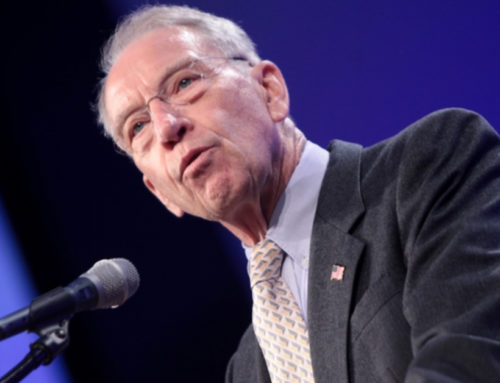This week’s Innovation Partners BioBlog examines two emerging trends: fewer people enrolling in the Affordable Care Act and more people choosing $0 premiums during Medicare enrollment. President Trump continues to push to mandate low drug prices while the drug makers push back. These and more are the top stories in this week’s Innovation Partners BioBlog.

FiercePharmaPolitics—Trump says international pricing plan not ‘satisfactory,’ pushes for even lower costs
The president is now saying that even tying Medicare Part B drug prices to the average from a group of industrialized nations isn’t doing enough to lower the cost of prescription drugs. The administration now plans to push drug companies into allowing them to pay the lowest amount among all nations.
READ MORE
Analytics, precision medicine key to value-based care, but health systems struggle with funding: KLAS survey
New technologies for patient care and patient engagement continue to reach the market, but payers face many hurdles to reimbursement. Both limited funding and lack of reimbursement are the two main hurdles, according to researchers. The KLAS Research and the Center for Connected Medicine (CCM) conducted a survey and found that finding the funds to pay for new technologies is top of mind among many healthcare organizations.
READ MORE
CMS releases proposed and final rules to make hospitals and insurers post prices, cost-sharing information
The Trump administration released a final rule to require hospitals to publish payer-negotiated prices and a proposal that would also require insurers to post online real-time cost-sharing information. The Centers for Medicare & Medicaid Services (CMS) released the final rule, which gives hospitals more time to post payer-negotiated rates. Hospitals now have until 2021 to post their prices. Some hospitals claim the cost of providing the information is prohibited, but administration officials say it costs only about 1% of overall revenue to comply with the rule.
READ MORE
Affordable Care Act enrollment is down 20% since November 1
Open enrollment for the Affordable Care Act began on November 1, 2020, but the Centers for Medicare and Medicaid Services says that enrollment is down 20% over last year. From November 3-9, 754,967 people selected plans using Healthcare.gov, compared to 804,556 during the second week of 2018, a difference of 49,589. The 2018 numbers were lower by 72,232 over enrollment during the second week of 2017. For 2020 plans, cumulative enrollment is 932,049, compared to 1,176,232 in 2018 and 1,478,250 in 2017. CMS measures totals from Sunday through Saturday, so this year reflects one fewer day than last year. CMS hasn’t commented on a potential reason for the decline.
READ MORE
Agency overreach, plain and simple’: Drugmakers hit back at HHS as drug prices in TV ads get another hearing
Merck & Co., Eli Lilly, Amgen, and the Association of National Advertisers (ANA) lashed out at the Trump Administration’s continued push to mandate lower drug prices. The latest battle comes as the Department of Health and Human Services (HHS) issued a rule requiring drugmakers to put list prices in their TV commercials. The drug companies sued to block the rule and won, but an appeal is underway.
READ MORE
Open enrollment: 83% selecting Medicare Advantage choose plans with $0 premiums
Open enrollment for Medicare 2020 health coverage began on October 15, and $0 premiums are the hottest trend. According to reports, 83% of consumers selected this plan. Reports compared eHealth’s data with data previously published by the Centers for Medicare and Medicaid Services to see what Medicare beneficiaries are purchasing as compared with what is available in the market. Between October 15 and November 8, the average monthly premium for Medicare Advantage plans selected by people enrolling in coverage is $5.47, down 43% from $9.53 in the same period last year. The 83% who are choosing $0 premium Medicare Advantage plans represent an increase from the 76% who did so during the same period the previous year.
READ MORE




